28 January 2019
On the Min: new accessions to the Archives
A family affair; how two recent acquisitions to the Archives help to reveal the nature of botanical collecting in China at the turn of the 20th Century.

Stephen T. Dunn at Kew
The Archives has recently received two donations of papers related to Maud Dunn and her husband the botanist, Stephen Troyte Dunn. Dunn’s association with Kew lasted around 30 years following his initial employment as Private Secretary to the Director, Sir William Thiselton-Dyer (1898-1901). Stephen was an Assistant in the herbarium for India (1901-1903); before becoming Superintendent of the Botany and Forestry Department, Hong Kong (1903-1910).
Dunn returned to Kew as an Official Guide (1913-1915) and assisted J. S. Gamble in the preparation of the first part of the Flora of the Presidency of Madras. He then visited America and on his return was re-appointed at Kew as Assistant for India (1919-1925). From 1925-1928 he acted as Temporary Botanist in the herbarium.
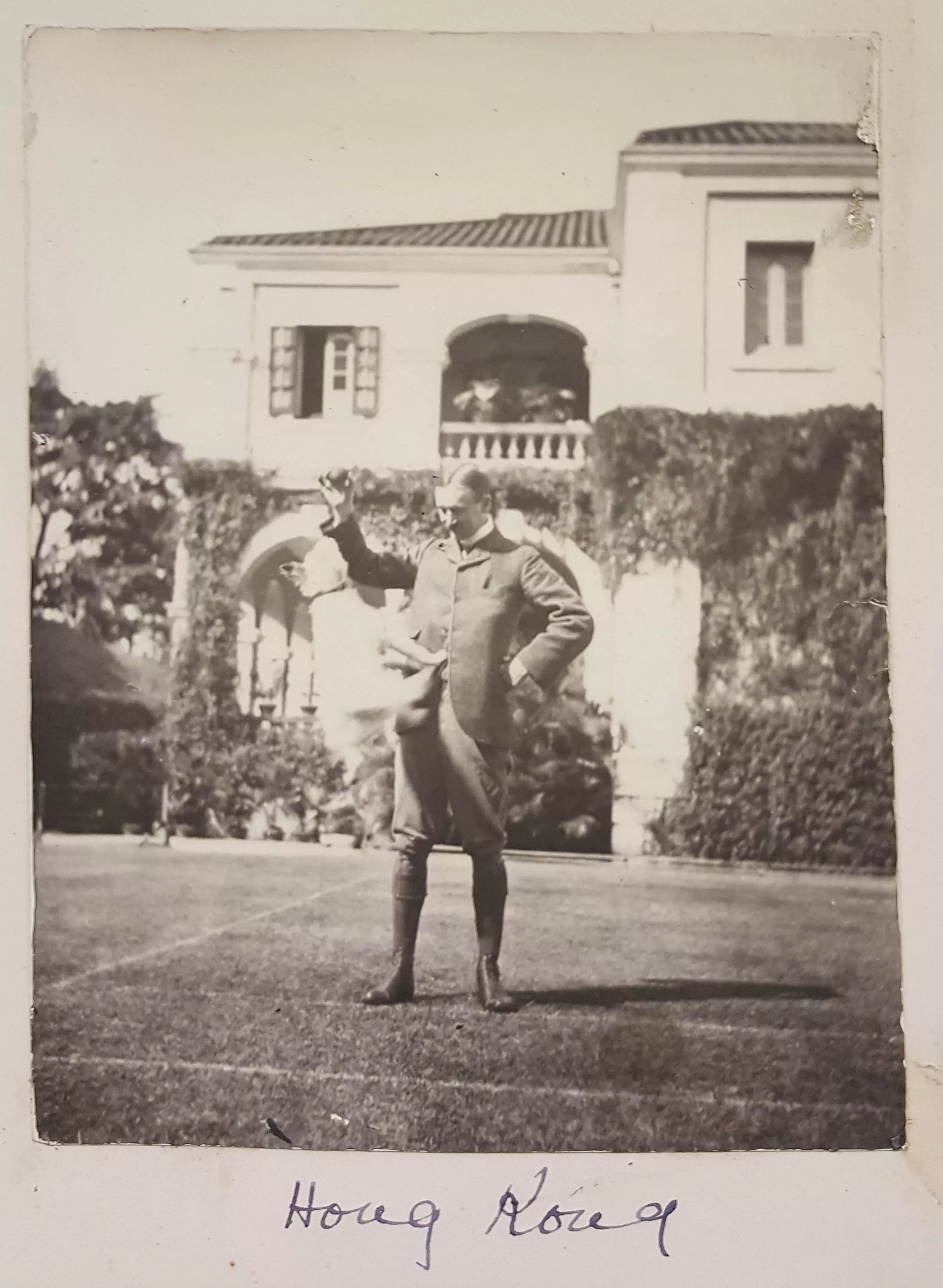
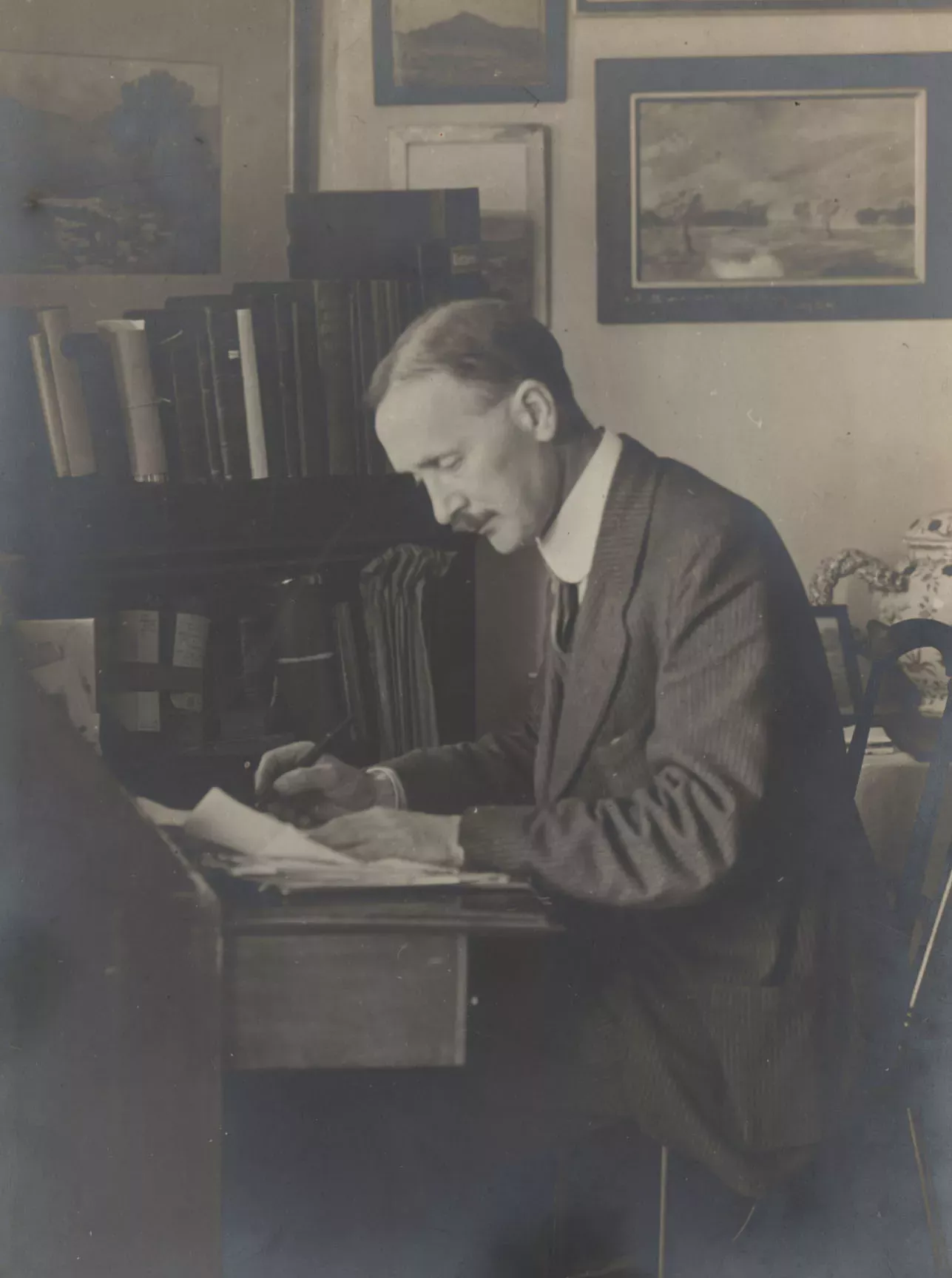
Maud Dunn’s view of China
Recently the archives were very happy to receive two donations of papers related to Stephen and Maud Dunn comprising two travel journals written by Maud, and an album of photographs. The first travel journal captures Maud’s point of view of a botanical collecting trip undertaken with Stephen in Fujian on the southeast coast of mainland China, travelling along the Min River in 1905.
Dunn published a paper on the botanical outcomes of this expedition in the Journal of the Linnean Society. Maud’s journal provides a fantastic counterpoint to this account and vividly captures their journey. The passage below dated 23 May at ‘Buong Kang’ exemplifies Maud’s excitement and descriptive powers, and certainly makes me wish to visit Fujian!
Here we are 2,100 feet up, and in the loveliest gorge imaginable; I came up in a chair and enjoyed the journey immensely; the wood-oil trees in full flower were a sight to behold – masses of blossom, each blossom indeed a bouquet in itself, an ideal bridal bouquet, - the whole place reminds me of Madeira in many ways.
As we get higher we see many begonias, with small pink flower (sic), growing over the wet rocks and the effect is quite charming: a granite-obstructed stream, of the utmost purity, comes tumbling down the gorge, it is fringed with large ferns of every description. My husband does a good deal of collecting coming up.
At length we arrive in heavy rain at a small wooden-housed village hidden amidst some of the finest trees I have ever seen; some of them are “fung shui” trees; I take it that means that they are sacred, and many have little rough altars in front of them. With small red joss sticks burning. They certainly seem protecting and beneficent, these huge trees in all their stately beauty; they form an ideal shelter from the burning sun, or the heavy tropical trains, and one can well understand the veneration in which they are held.
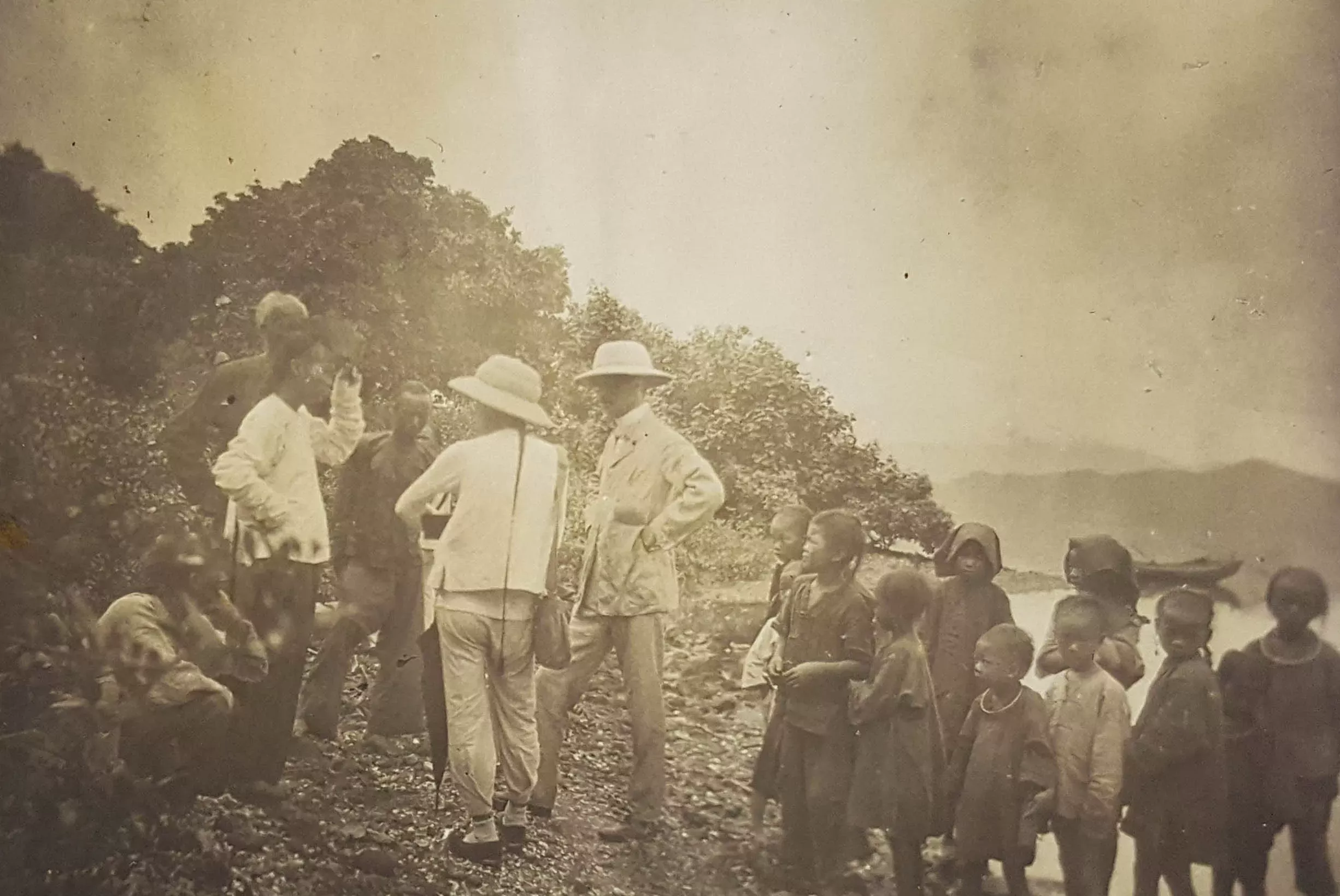
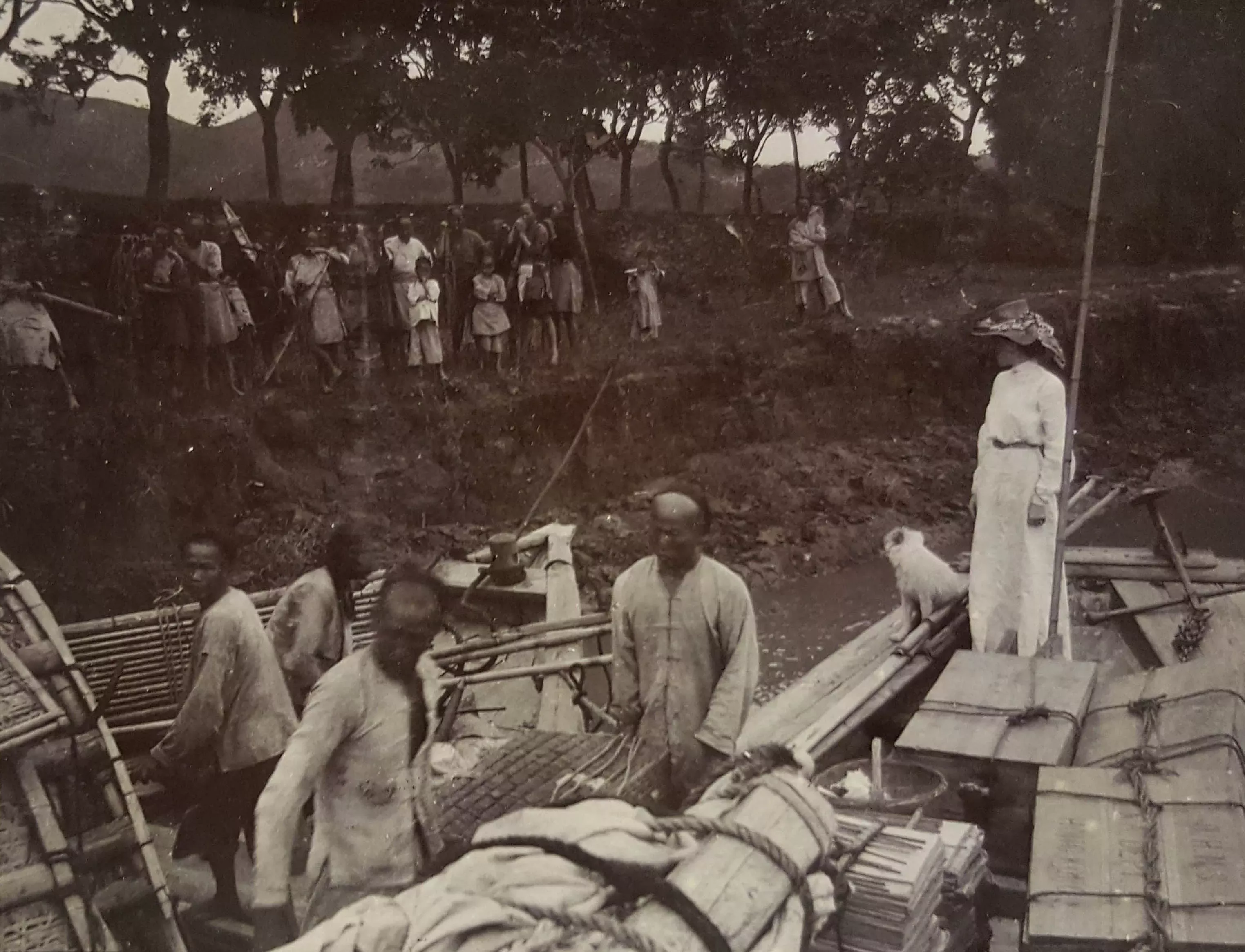
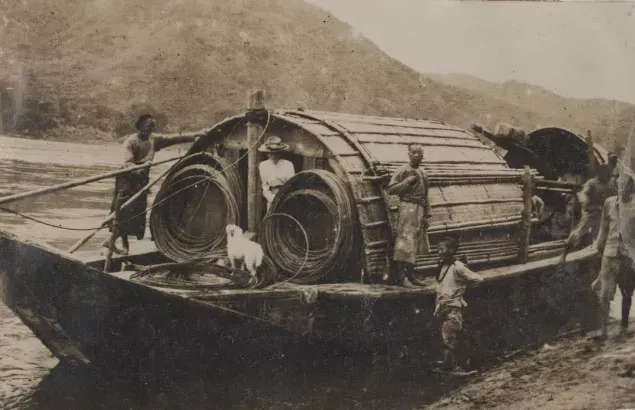
“Stars being to peer, and on and on resistlessly flows the Min – the tea-coloured, tea-bearing Min, - past our boat where the plants are being pressed and dried, past my dog and me on deck, both watching in our respective fashions the ever darkling night” - Maud Dunn.
Plant specimens were preserved by Stephen and his team in quadruplicate and many came to Kew. A number have been digitised, including the type of the Orchid Liparis dolichopoda (previously Liparis dunnii) which is unusually described as having metallic black flowers.
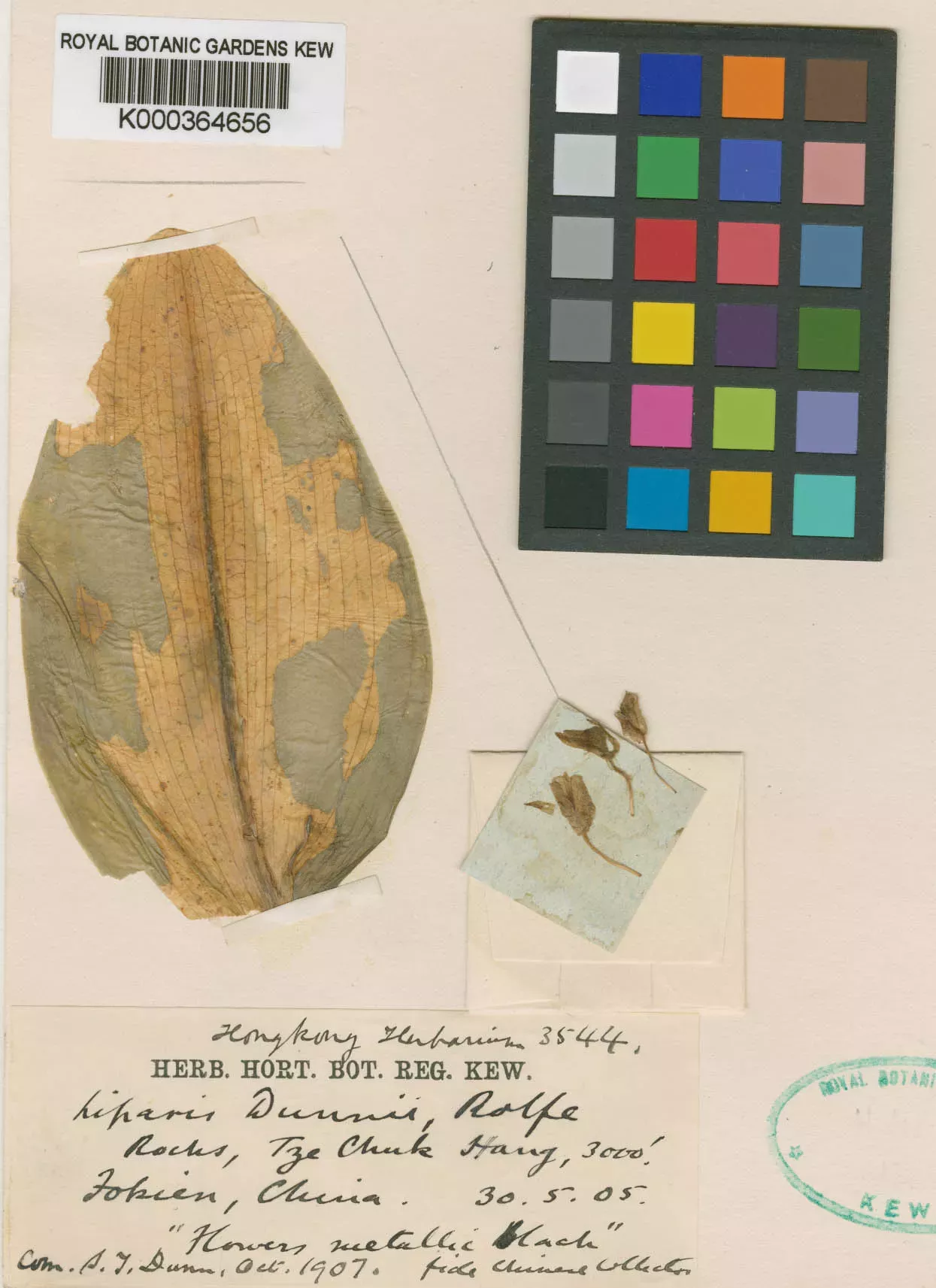
A second journal by Maud records a Trans-Siberian journey the couple undertook together in 1907. The journals and photograph album are now available to view in the library reading room at Kew which is open to all, Monday-Friday, 10-4pm. Correspondence from Stephen including items related to his work in Hong Kong is also contained within the Archive collections. For further information please contact archives@kew.org.
The Archive welcomes the donation of papers related to the history of the gardens and its staff, please contact us for further information.



